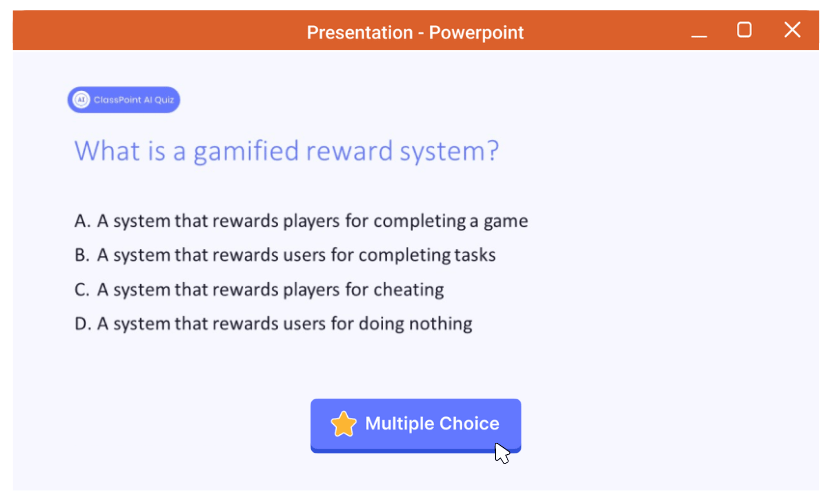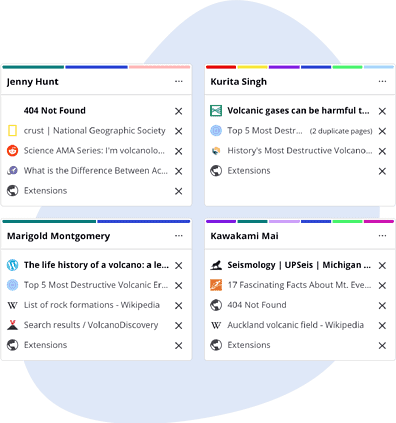With the high speed development of AI, job roles, and even the role of teachers in the field of education are being questioned. What would happen if AI was smarter than a teacher? Could AI replace teachers in the classroom and what would be the implications for traditional education? What is the potential impact of AI on the future of education? Let’s explore and discuss how AI may change the daily lives of teachers next school year.
Will AI Replace Teachers?

The short answer is no, AI cannot replace teachers in the classroom entirely. While AI can certainly be used to enhance the learning experience for students, certain aspects of teaching require a human touch that AI simply cannot provide, even if AI is inside a smiling, human-shaped robot like the figure above. 👋🤖
For one thing, teachers can build relationships with their students that are rooted in empathy and understanding. They can provide emotional support, and teach social emotional learning skills to their students in ways that AI simply cannot. Additionally, teachers can adapt their teaching style to each individual student’s learning needs and preferences. They can provide personalized feedback and guidance to help their students succeed.
Secondly, AI is still limited in its ability to think creatively and critically. While AI can certainly process and analyze vast amounts of data, much faster then a human teacher, it cannot create new ideas or approach problems from different perspectives in the same way that we can. We are creators and problem solvers, and teacher’s are essential in helping students develop these important skills.
But that being said, AI can certainly change the role of the teacher.
Instead of replacing teachers, AI can be used in education to supplement the work of teachers and enhance the role of teachers in the classroom. For example, AI can be used to grade papers and provide written feedback to students more quickly and efficiently than a teacher could. AI can even be used to identify areas where students may need extra help and provide personalized, targeted resources and activities. If used to it’s potential, AI can become an incredible teachers assistant and take on some of their workload.
Ultimately, the key to using AI in the classroom is to find ways to integrate it with teacher-led instruction. Teachers can use AI as a tool to help them improve their student’s learning, but they will always be the driver of their students’ learning process. And by finding the right balance between humans & technology, we can achieve a more effective & remarkable learning environment that can lead future students to new heights.
AI and Teachers
So what are more ways AI can be used by the teacher to improve their job and students’ learning? While it ultimately relies on the EdTech tools that are created for teachers and the implementation of AI-Powered EdTech Tools, here is a scope of how AI can be used to supplement teachers.
1. Personalized Learning:
AI technology can analyze data on students’ performance and personalize the learning experience accordingly. This means that teachers can cater to each student’s individual needs and provide them with the support they require.
For Example IBM Watson Education – a suite of AI-powered tools that can help teachers and students with tasks like analyzing data, creating personalized learning plans, and developing critical thinking skills
2. Lesson Planning:
AI can assist teachers in creating and prepping lesson plans. AI-Powered resources can help teachers come up with information and ideas faster and can help teachers create more engaging and interactive lesson materials, such as quizzes and games, that can help keep students motivated and interested in learning.
One example is ClassPoint, which has introduced a new AI-powered quiz generator that is integrated with PowerPoint and designed to help teachers automate their class activities, review check points, or test prep. With this feature, teachers can easily convert their PowerPoint lesson materials into interactive quiz questions for increased engagement, learning, and checking understanding, saving them time and effort.

3. Assessment:
AI-powered assessment tools can provide teachers with instant feedback on student progress, allowing them to make informed decisions about how to adjust their teaching strategies to improve student outcomes.
for example: Edulastic, Gradescope, Knewton, PracTutor, these are just a few examples of AI-powered assessment tools that can provide teachers with instant feedback on student progress.
4. Classroom Management:
AI technology can also help teachers manage their classrooms more effectively. For instance, AI-powered attendance trackers can make it easier to keep track of students who are absent, while chatbots can answer basic questions and reduce the workload on teachers. These are just a few examples of AI technology tools that can be used for classroom management. By using AI to monitor student behavior and engagement, teachers can create a more supportive and productive learning environment for their students: Classcraft, Hapara, Netop Vision.

For more information on this read: 10 Ways AI is used in Education ☑️
Incorporating AI into the classroom can help teachers to create a more effective, engaging, and personalized learning experience for their students while even saving them time! However, it is important to balance the use of AI with traditional teaching methods and that teachers have the necessary skills to integrate AI technology into their teaching effectively.
How Should I Begin Implementing AI in My Classroom?
While AI will never replace a teacher, it’s advanced learning algorithms can become a very useful tool for teachers. And, as technology continues to advance, it’s important for educators to stay up-to-date with the latest tools and trends. However, we understand that many teachers may be hesitant to incorporate AI into their classroom. If you’re feeling unsure about how to get started with AI, here are some steps you can take to ease into it:
Start small:
You don’t need to overhaul your entire curriculum to incorporate AI. Start with small, manageable projects that you can easily integrate into your existing lesson plans. For example, you could try using an AI-powered tool to generate quizzes or to analyze student performance data.
Get familiar with AI tools:
Take some time to research different AI tools that are available for educators. Look for tools that are user-friendly and have a clear application in the classroom. Consider attending a professional development workshop or conference to learn more about these tools.
Collaborate with other teachers:
Talk to other educators in your school or district who are using AI in their classrooms. Ask them for advice and tips on how to get started. Collaborate with them on a project or lesson plan to get a better understanding of how AI can be used in your classroom.
Involve your students:
Ask your students for their thoughts and ideas on how AI can be used in the classroom. Encourage them to experiment with different AI tools and to provide feedback on what works and what doesn’t.
Monitor your progress:
Keep track of how you’re using AI in your classroom and what kind of results you’re getting. Use this information to adjust your teaching strategies and to determine what’s working and what’s not.
Remember, incorporating AI into your classroom is not about replacing teachers, but about enhancing the learning experience for students. By starting small and collaborating with others, you can find ways to integrate AI into your teaching in a way that makes sense for you and your students.
Concluding AI Role in Education
As we move towards a digital world, AI is revolutionizing education by enhancing the quality of education. AI can transform the classroom and improve the teaching and the learning process, but teachers will remain irreplaceable due to the emotional and personal connection they build with their students.
For effective integration of AI in the classroom, collaboration between teachers, administrators, and technology experts is crucial to leverage its benefits while mitigating risks and ensuring the best education for students.
For the latest tips, trends and tools about AI in education, read our A-Z guide to AI in education!